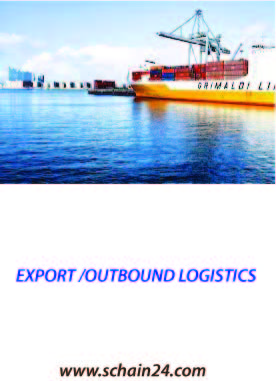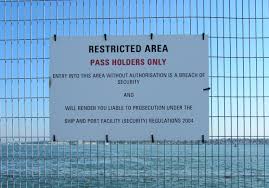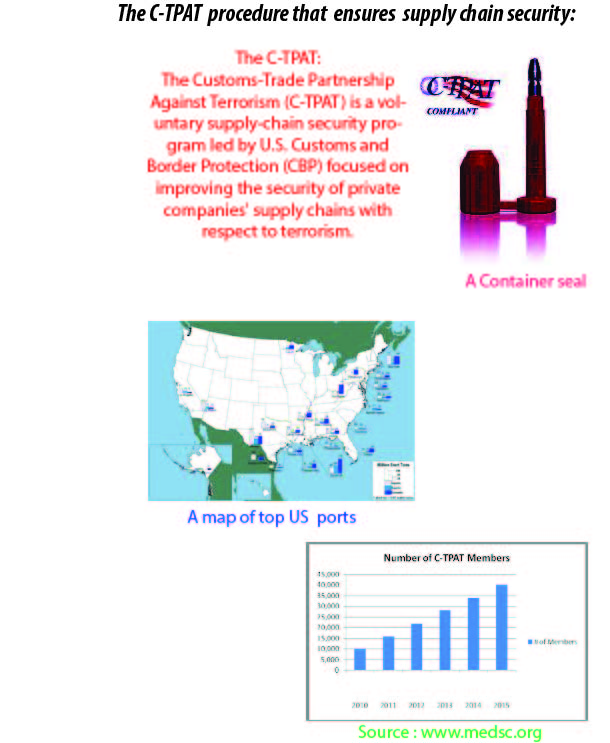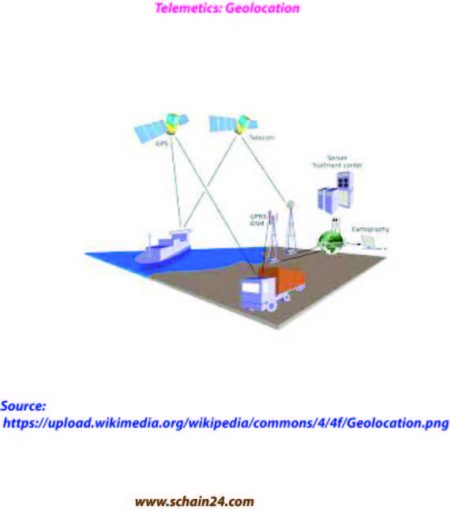Abstract
In the international export trade, goods and services, i.e., international export and outbound logistics, goods and services are sold and shipped out of the jurisdiction of the country and customs authorities. While exporting to developed countries, Bangladesh gets some tariff facilities. It is nothing but helping the developing countries in export trade and industrialization, on the other hand, they regulate some products to enter their country at a lower price. Currently, Bangladesh is enjoying tariff-free market access for 90 percent to 100 percent of products in all the developed countries except the United States. Tariff-free and low-tariff market access facilities in developed and some developing countries immensely benefited Bangladesh. Bangladesh High Commissioner to Ottawa wrote that quality of Bangladesh’s apparel products as well as the efficient supply-chain mechanism has largely contributed to doubling bilateral trade in a decade.
Keywords: International Export and Outbound logistics.
Introduction
International export and outbound logistics focuses on the demand side of the supply-demand equation. The process involves storing and moving goods to the customer or end user. The steps include order fulfillment, packing, shipping, delivery and customer service related to delivery.In international trade, exports refer to sales of goods and services as they are produced in the home country to export to other markets, which are parts of the global supply Chain. Commercial exports and outbound logistics require the involvement of customs authorities by both countries. Amazon, e-bay, DHL, etc. internet-based companies usually handle comparatively smaller cargo volumes at a time.
The Nature of an Export
In the international export and outbound logistics, goods and services are sold and shipped out of the jurisdiction of the country and customs authorities. They are usually shipped in commercial terms and in comparatively bigger quantities. But there are other forms of export also, where small cargo and packages are shipped by worldwide internet-based companies like Amazon, e-bay, Alibaba group (a Chinese e-commerce company), etc. But customs jurisdiction needs to be followed by exporters. Supply Chain Managers and economists are always having debates about the macroeconomic benefits and risks. Sometimes, local industries are harmed by foreign competition.
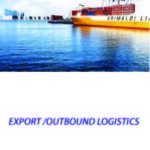
National Regulations
It is necessary that national regulations and regulatory bodies are needed to control trade and export of a country. For instance, Bangladesh export-related promotional and regulatory actions are taken by Export Promotion Bureau, Bangladesh. For Canada, it is the Canadian Export and Import Controls Bureau.
Trade, strategic, and tariff barriers to export
Sometimes government regulations and policies either stimulate or regulate some of the export items. Governments do it based on specific products. Some International agreements work as trade barriers. Archeological artifacts, nuclear supplies, missile technology, etc. are limited by international agreements. Tariffs or taxes are imposed by governments for imported or exported goods. For protecting indigenous products governments are seen to do this. We usually see that some countries allow tax benefits to developing countries throw GSP facilities. It is nothing but helping the developing countries in export trade and industrialization, on the other hand, they regulate some products to enter their country at a lower price.
Export strategy
To define export strategy, we can say that it is nothing but the event of commodities shipped in a supply chain to another place(s) or country for consumption by the customer(s). In economies, it is shipped to another country as a part of a sales agreement. For a supply chain of a company, it is an assessment of export readiness and gap analysis if need further change and development. Also, the export readiness of a commodity. Externally, it is finding target markets in countries and major trade channels. And, considering delicate issues related to advertising, pricing, volumes, transportation, partnership, etc. which may increase supply chain surplus.
Bangladesh export and trade benefits
Currently, Bangladesh is enjoying tariff-free market access for 90 percent to 100 percent of products in all the developed countries except the United States. Tariff-free and low-tariff market access facilities in developed and some developing countries immensely benefited Bangladesh. Some developing countries like China and India also allowed tariff-free market access to various products. A multilateral trade regime within the framework of the World Trade Organization (WTO) allows LDCs to get tariff-free market access. For instance, having only 25 percent local value addition, any Bangladeshi products except dairy, eggs, and poultry can enter the Canadian market without any duty. This is to say, the country will enjoy the existing market access benefits till 2027. The trade-related benefits including market access facilities will, however, continue for another three years.
Bangladesh export to Canada
Bangladesh High Commissioner to Ottawa Kamrul Ahsan in a recent letter wrote to the Ministry of Commerce that Bangladesh has been confirmed as a priority country for a five-year trade-facilitation program. Bangladesh High Commissioner to Ottawa wrote that the quality of Bangladesh’s apparel products, as well as the efficient supply-chain mechanism, has largely contributed to doubling bilateral trade in a decade. Bangladesh is the second-largest source country of Canadian imports from South Asia after India. Bangladesh mainly exports knitwear, woven, textile articles, headgear, fish and seafood, and footwear to Canada. Garments and textile products accounted for over 90 percent of Canada’s merchandise imports from Bangladesh. The envoy also wrote that the government of Canada has already confirmed Bangladesh’s continuation of enjoying a general preferential tariff (GPT) for the period from January 2014 to December 2023. Based on rules of origin, Tariff treatments are under three different tariff codes: LDC 08; GPT 09; MFN 02 according to the CCRA internet site.
Conclusion
Supply Chain Managers and the CEO need to check and decide regarding supply Chain Surplus. Then, proceed with export decisions. Export readiness is also a very critical issue for a company and the supply chain as a whole. Production, trade, and services activities are functionally integrated with the Global Production Networks. Stages in a commodity chain are included in it. Rather than relying on shipping and forwarding, GPN made many manufacturers think about global logistic strategies. So, beyond manufacturing, this includes governance and transportation. Value-added services are found now to integrate with freight packages. Production and distribution assets are repositioned within Global Supply Chains. The success of a Global Production Network is largely determined by the performance of the logistic networks as they link production, distribution, and consumption.
Reference
1.Kibria, Asjadul.(2018). “New fight for market access”.https://thefinancialexpress.com.bd/views/views/new-fight-for-market-access-1523201873.
2.https://youtu.be/X53ELPM9vPw?si=z-Xrwj-8CFCxPsaW


